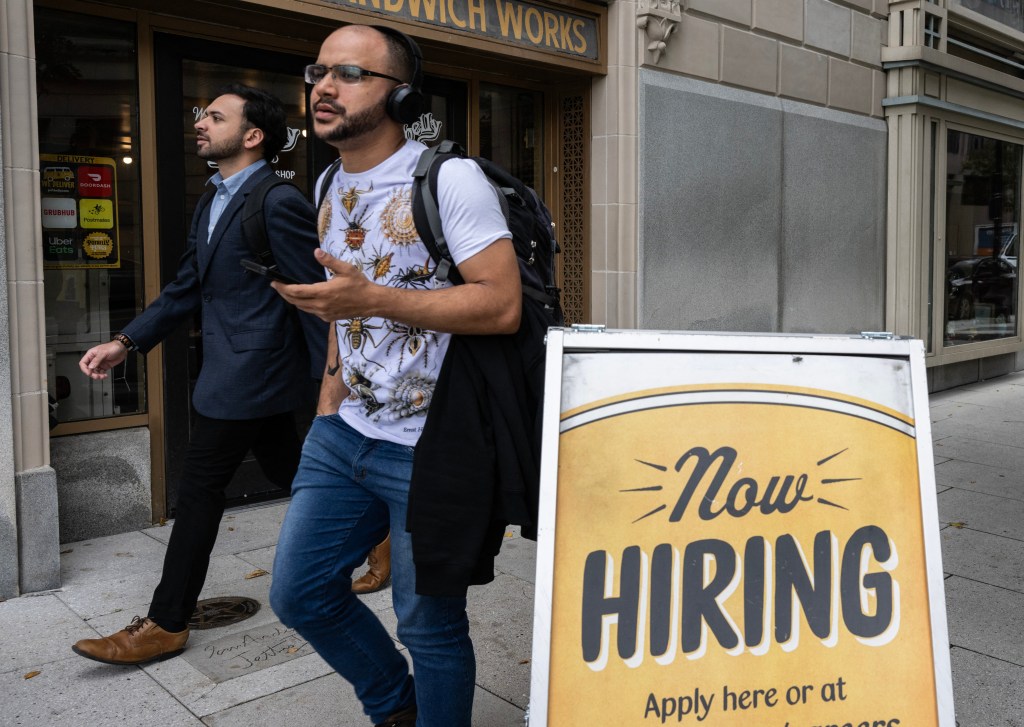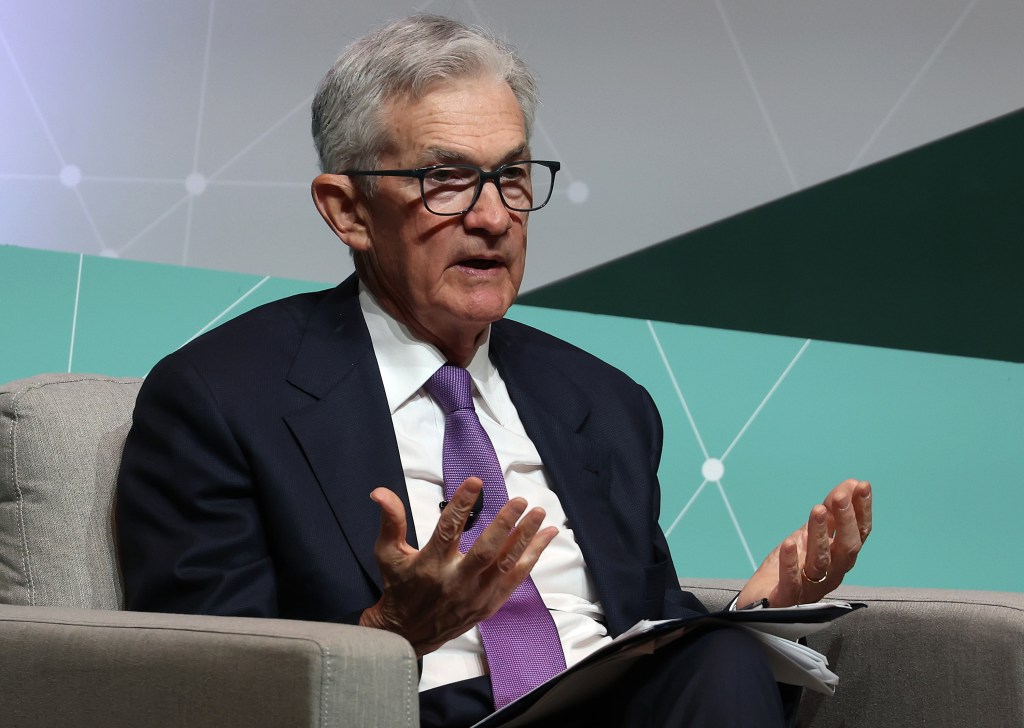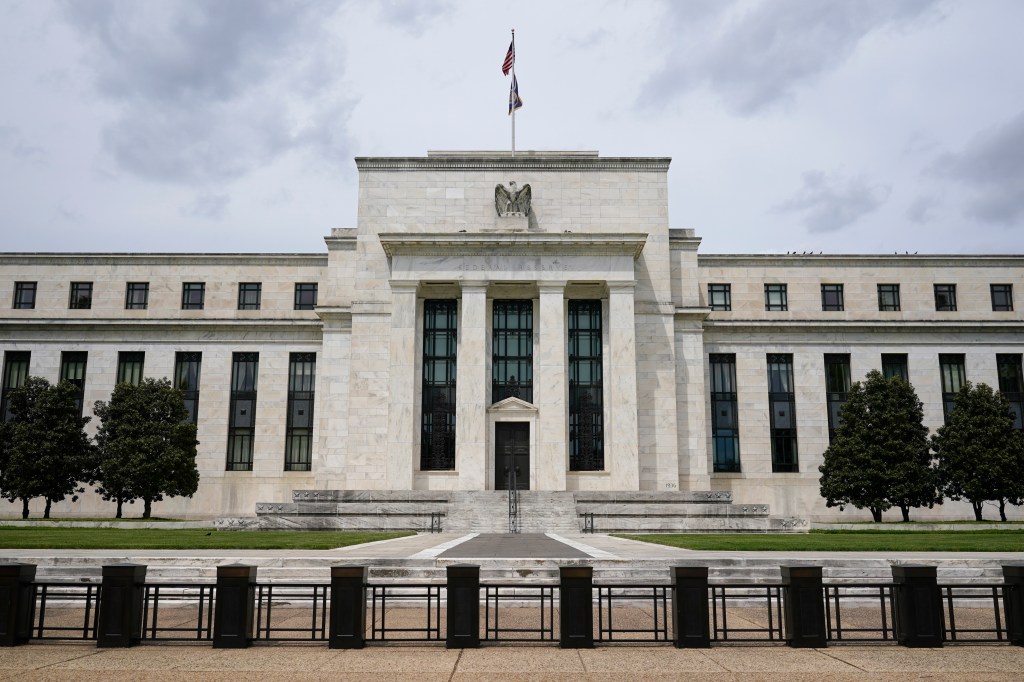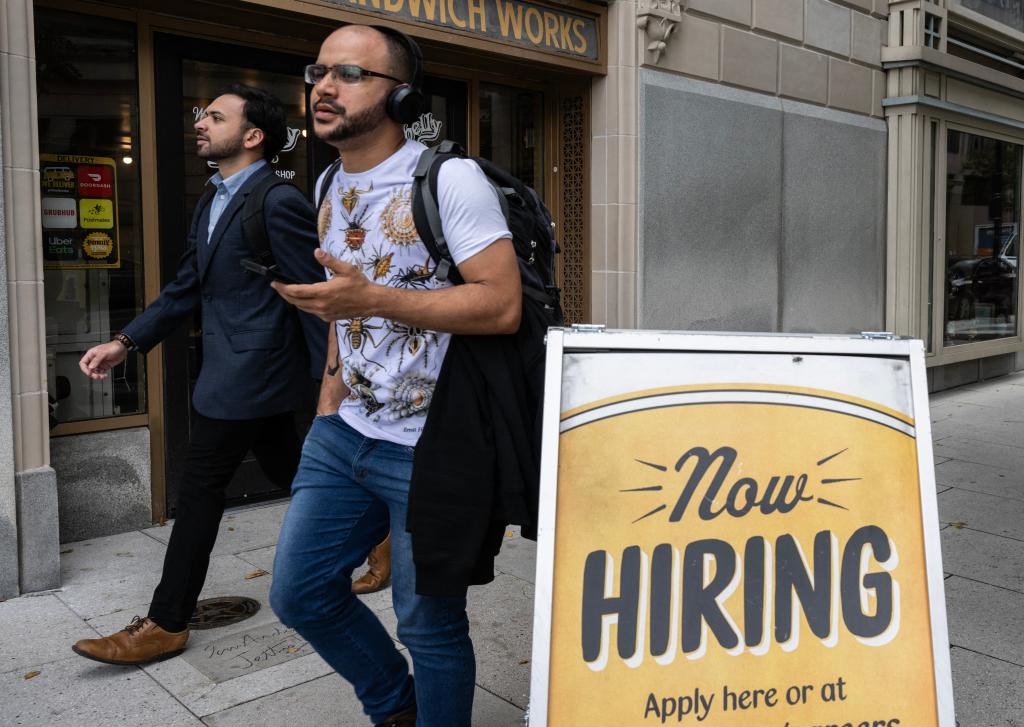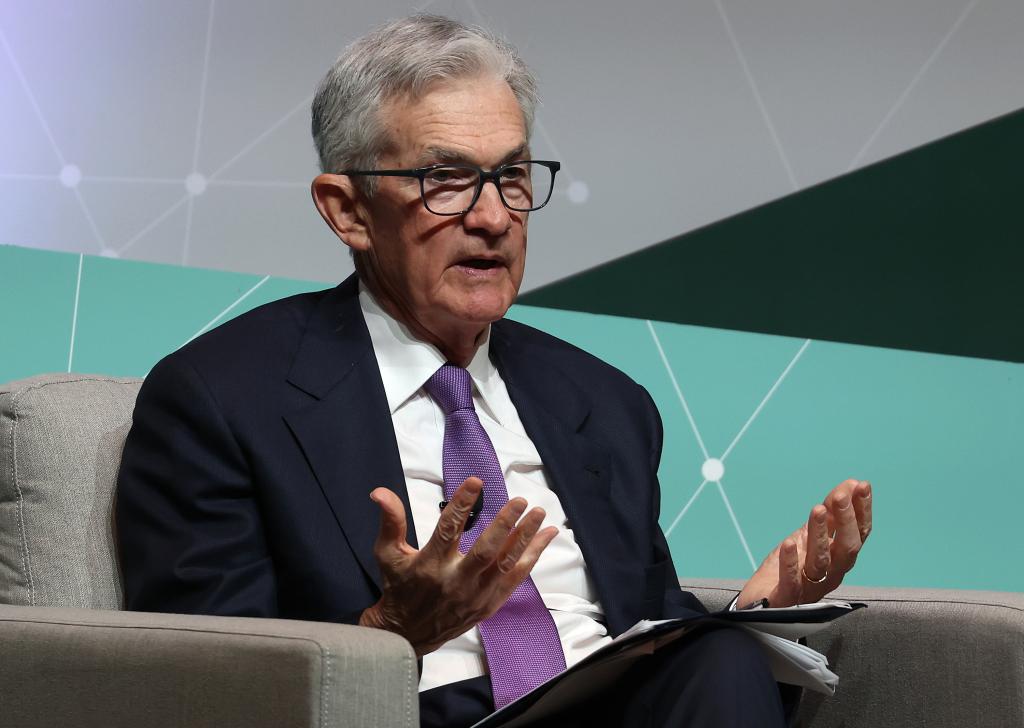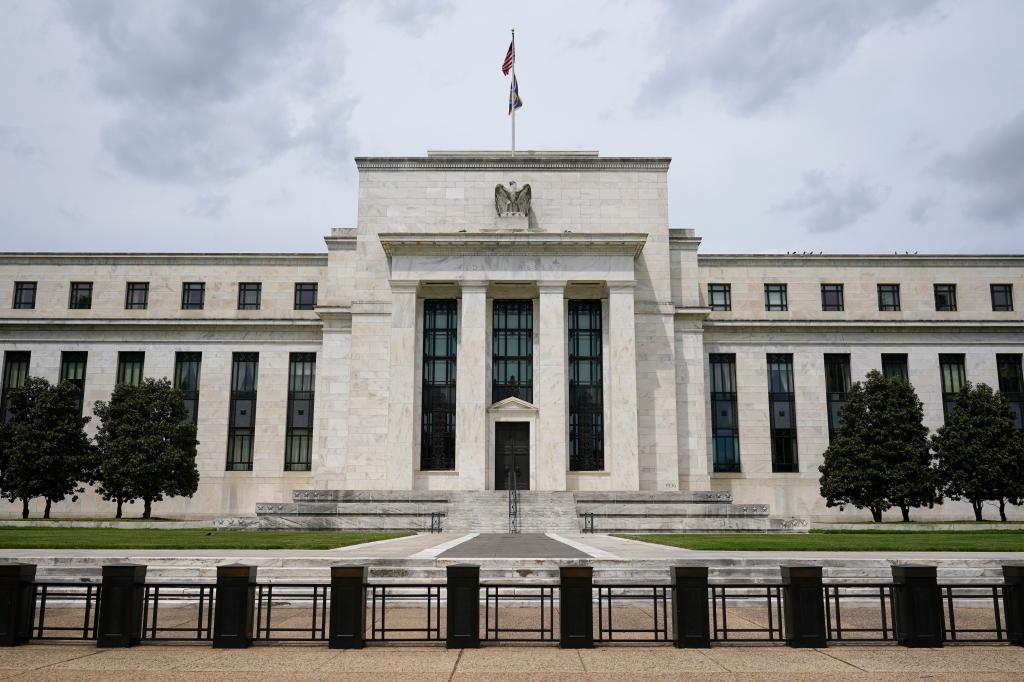US employers add surprisingly strong 303K jobs in March, with gains fueled by migrants
US employers increased their payrolls by a whopping 303,000 in March — and jobs taken by migrants were a major source of the hotter-than-expected gains, according to economists.
The monthly figure blew past the 200,000 job gains economists expected and marked the fifth consecutive month of surprisingly strong job increases, bolstering the Federal Reserve’s case that interest rates aren’t quite ready to be slashed.
In an unusual twist, however, hourly earnings rose just 4.1% from a year ago, their smallest increase since June 2021 — and a sign that migrants taking on lower-paid jobs account for a growing chunk of the US workforce.
On Wednesday, Fed Chair Jerome Powell said an upside of increased immigration has enabled the US economy to add more jobs without triggering a big spike in wages, and thereby inflation.
The boffo monthly job gains will likely continue through 2024, but “that should not create consternation and hand-wringing that we have a way-too-hot labor market and that we’re never going to get inflation down,” Wendy Edelberg, director of the Brookings Institution’s Hamilton Project, told Bloomberg.
Nevertheless, Friday’s news wasn’t positive overall, and traders lowered their bets that the Fed will begin lowering rates in June.
“The US labor market appears to be strengthening, not slowing, and risks delaying Fed easing,” Sal Guatieri, senior economist at BMO Capital Markets, wrote in a note to clients.
Historically, a strong job market keeps wages and consumer spending levels elevated, thus fanning inflation and interest rates, which Wall Street is widely expecting Fed officials to slash three times — by a cumulative 0.75 percentage points — by the end of the year.
Though the first of three highly anticipated rate cuts is still projected for June or July, economists have also been wary of making predictions off of initial jobs report figures in recent months, as the Labor Department has made some drastic revisions.
February’s surprisingly strong 275,000 gains were revised down to 270,000, and the Labor Department steeply revised January’s blockbuster 353,000 additional roles down to 256,000 on Friday.
Last month, the federal agency also said that December’s hefty gain of 333,000 that was initially reported was also slashed to 290,000.
For all of 2023, revisions took 520,000 roles off of initial estimates, countering a historical trend where final numbers are typically higher than first readings, according to CNBC.
“We continue to believe that the number of rate cuts and whether they begin in June or July isn’t as important as whether the Fed is in rate cutting mode or not,” said Independent Advisor Alliance’s chief investment officer, Chris Zaccarelli.
“To put it another way, four or three or two rate cuts in 2024 are all equally good for the stock market, but if we went to zero rate cuts or a rate hike, then all bets are off and that would be categorically bad for the stock market,” Zaccarelli added.
The closely watched jobs report also showed that the unemployment ticked lower, from 3.9% in February to 3.8% in March.
When employment rate initially edged up from the 3.7% rate it previoulsy sat at for three consecutive months, economists said that it boosted the Fed’s case for rate cuts to occur in June as widely expected.
Fed officials have kept interest rates at their current 22-year high, between 5.25% and 5.5%, since their July 2023 policy meeting.
Stubbornly high interest rates have made it more difficult than ever for Americans to afford a home as mortgage rates have also skyrocketed since the pandemic as it has become more expensive for banks to borrow capital.
According to Freddie Mac, the average 30-year fixed-rate mortgage rate stands at a whopping 6.82% at the time fo writing — nearly double what it was four years ago.
Fed Chair Powell has argued that interest rates can start to come down once inflation eases up.
“Given the strength of the economy and progress on inflation so far, we have time to let the incoming data guide our decisions on policy,” Powell said during prepared remarks at the Stanford Graduate School of Business on Wednesday.
Central bankers are making decisions “meeting by meeting,” he added.
But per the latest Consumer Price Index — which tracks changes in the costs of everyday goods and services — US inflation rose a stiffer-than-expected 3.2% in February.
Yet another yearly increase in consumer prices means that the CPI reading has yet to drop on a yearly basis since President Joe Biden’s term began in January 2021.
The closest the economy has gotten to a yearly decrease since Biden took office was in July 2022, when the inflation rate remain “unchanged,” at a sky-high 8.5%.
On a monthly basis, prices also edged 0.4% in February, driven primarily by the indexes for shelter and gasoline, which contributed to more than 60% of the advance, the Bureau of Labor Statistics reported.
March’s CPI reading is set to be released on April 10.
